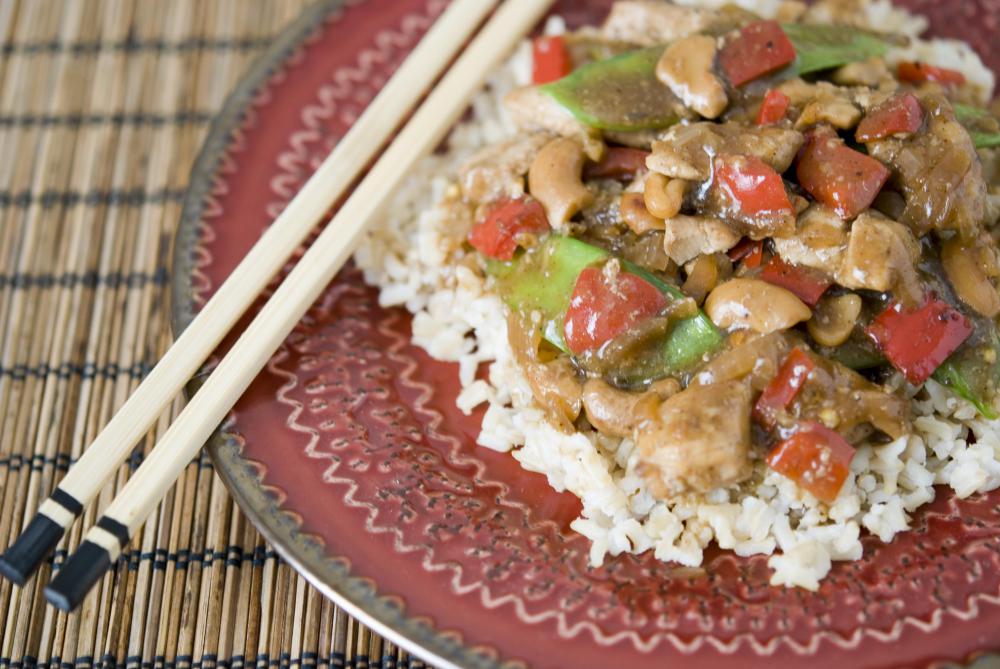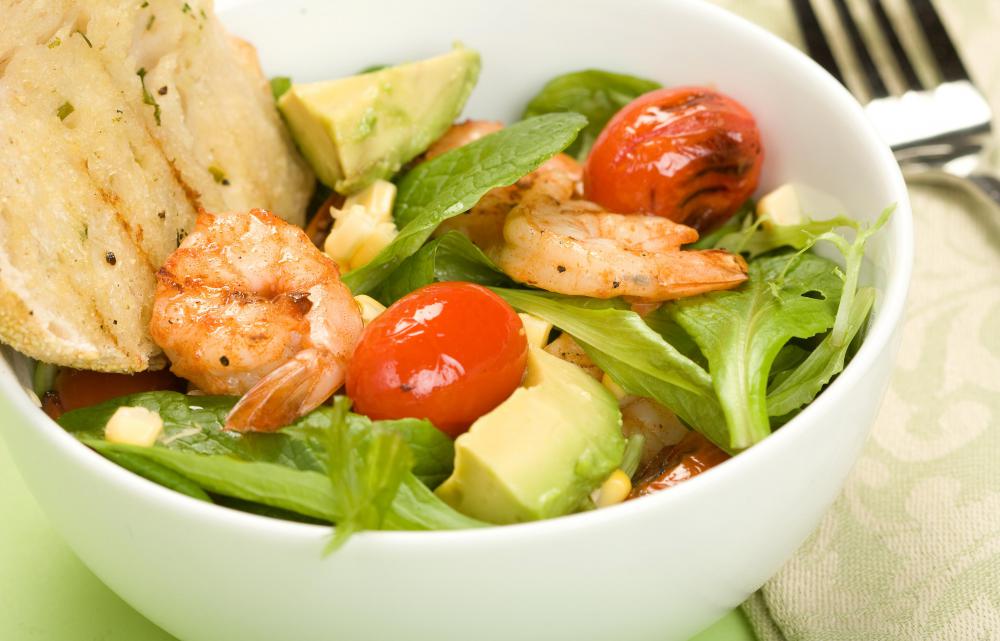At WiseGEEK, we're committed to delivering accurate, trustworthy information. Our expert-authored content is rigorously fact-checked and sourced from credible authorities. Discover how we uphold the highest standards in providing you with reliable knowledge.
What are Garlic Chives?
Garlic chives — also known as Allium tuberosum, ku chai, gow choy, oriental garlic Chinese chives, Chinese leeks and nira — are an herb native to Asia and a common ingredient in Asian cooking. Unlike the tubular leaves of chives, they have thick, flat, bladelike leaves, the part of the plant most often used in cooking. All parts of the plant, including the flower, can be used in recipes as an herb, spice or garnish.
As the name implies, garlic chives have a taste similar to chives, though with a sharper taste similar to garlic. They are not as strong as garlic, though, and are especially useful for salads and uncooked dishes where some garlic flavor is needed but raw garlic would be too strong. In fact, when cooking, it is important to add garlic chives quite late, because they lose flavor when cooked for too long.

Stir fry dishes often include garlic chives for flavor and garnish. It is a critical ingredient for Japanese miso soup. In western cooking, they make a tasty stand-in for chives and can be used in soups, salads, sauces or entrées. The root can be used as a substitute for garlic, with a softer, more delicate flavor.
A ready supply of garlic chives can be found by growing them in an herb garden, where they grow in tight clumps. Seeds are tiny and must be fresh for good growth. Garlic chives can survive dry spells, but they do best with regular watering. They prefer direct sunlight but will grow well in slight shade. White clusters of flowers, which can be used to season and garnish meals, blossom during the summer.

Plants must be trimmed back regularly to prevent them from self-seeding and taking over the garden. When harvesting, the plant should be trimmed close to the ground to control seeding. Even if the herbs are not being used, regular harvesting still is recommended to control growth. Some growers also cover the plants with straw after harvesting, a process known as blanching, to further control growth. This not only will slow the plant’s growth, but it causes any new leaves to appear white.

Topical and oral folk cures using garlic chives have been used to treat fatigue, anemia, cuts and insect bites, and they even have been used as a poison antidote. Seeds also have been used to treat liver and kidney conditions and digestive complaints. Garlic chives are rich in vitamins and minerals, including vitamin C, calcium and iron.
AS FEATURED ON:
AS FEATURED ON:
















Discuss this Article
Post your comments